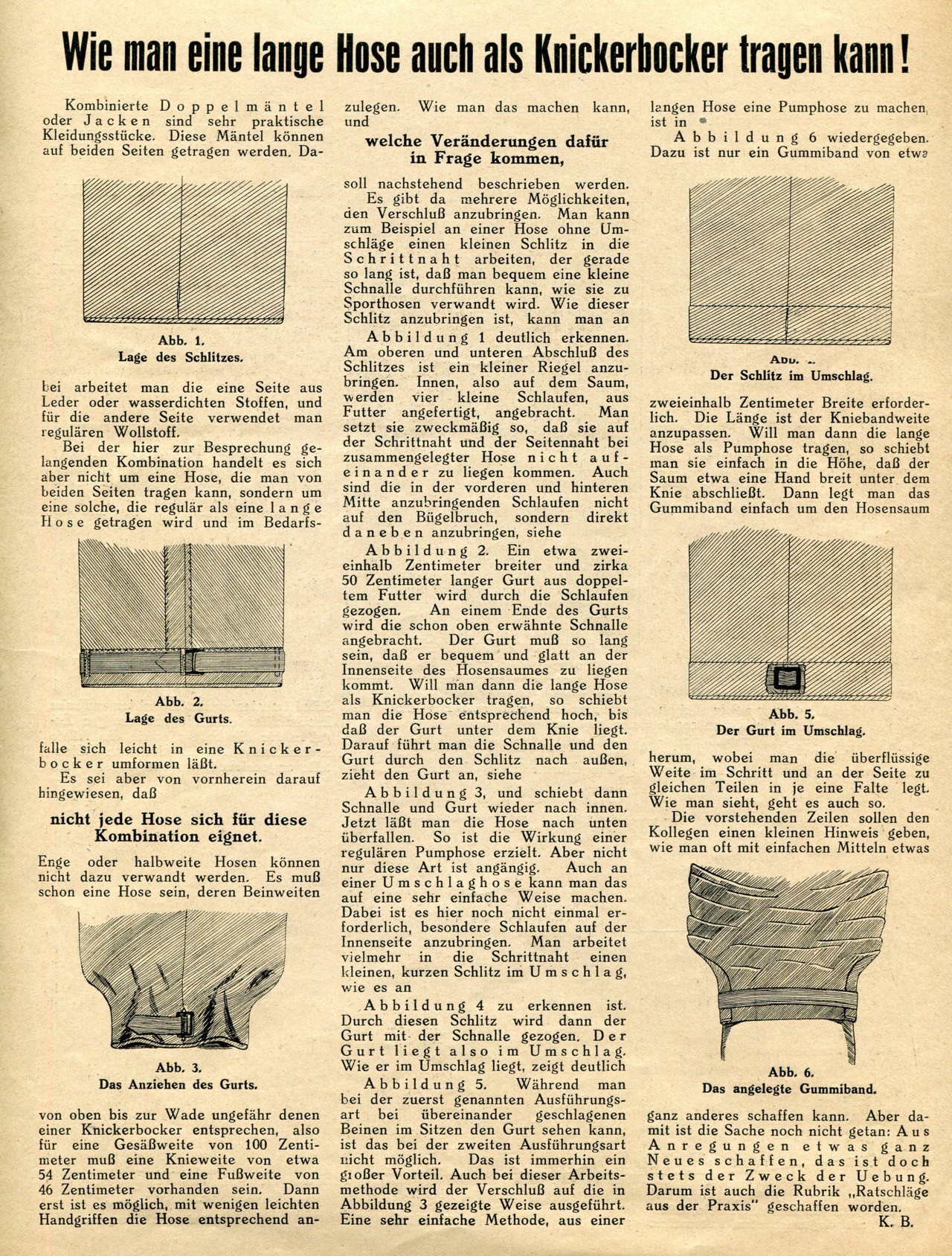Mario
I'll Lock Up
- Messages
- 4,664
- Location
- Little Istanbul, Berlin, Germany
^^^What he said. It's not so common these days to go for high, smaller cut armholes.



why half lining?
...Never thought I'd see skeleton lining in a jacket this young. Is there a generally accepted time that tailors made a definable transition over to the half lining normally seen in the 1950s-60s jackets?
 John Lofgren Monkey Boots Shinki Horsebuttt - $1,136 The classic monkey boot silhouette in an incredibly rich Shinki russet horse leather.
John Lofgren Monkey Boots Shinki Horsebuttt - $1,136 The classic monkey boot silhouette in an incredibly rich Shinki russet horse leather.  Grant Stone Diesel Boot Dark Olive Chromexcel - $395 Goodyear welted, Horween Chromexcel, classic good looks.
Grant Stone Diesel Boot Dark Olive Chromexcel - $395 Goodyear welted, Horween Chromexcel, classic good looks.  Schott 568 Vandals Jacket - $1,250 The classic Perfecto motorcycle jacket, in a very special limited-edition Schott double rider style.
Schott 568 Vandals Jacket - $1,250 The classic Perfecto motorcycle jacket, in a very special limited-edition Schott double rider style. 







Yes. It's from 1931. The still figured out what to do with the sportswear (plus fours) trend. If someboy wants to try that and needs help with the translation...Here is an interesting idea from a German tailoring magazine: How to wear your trousers as knickerbockers:


The "waterfall effect" is also a result of there not being wadding to make things smooth and round
To be logical, a shirt shoulder shouldn't necessarily describe a seam allowance felled to the body and the waterfall of the sleeve.



